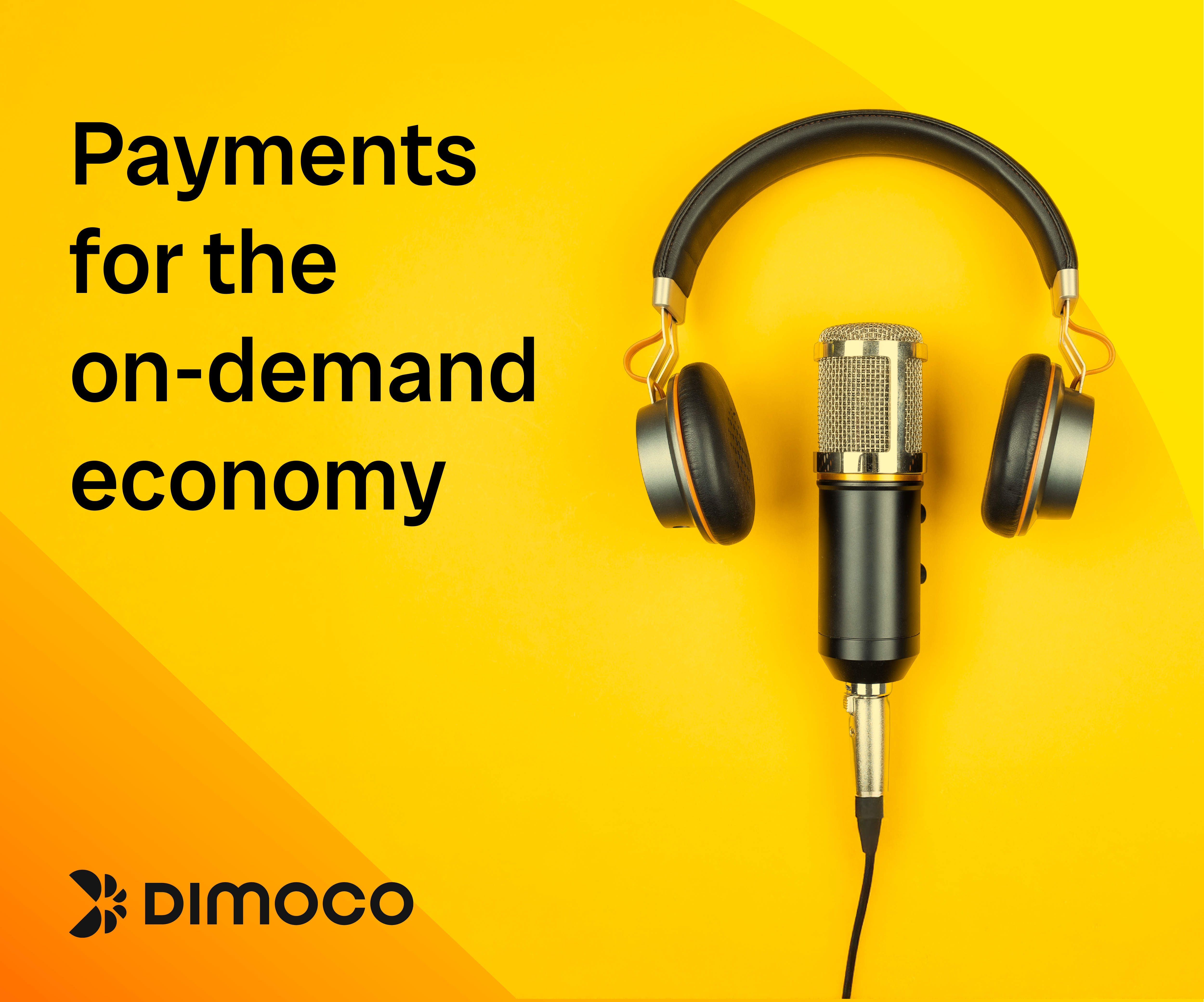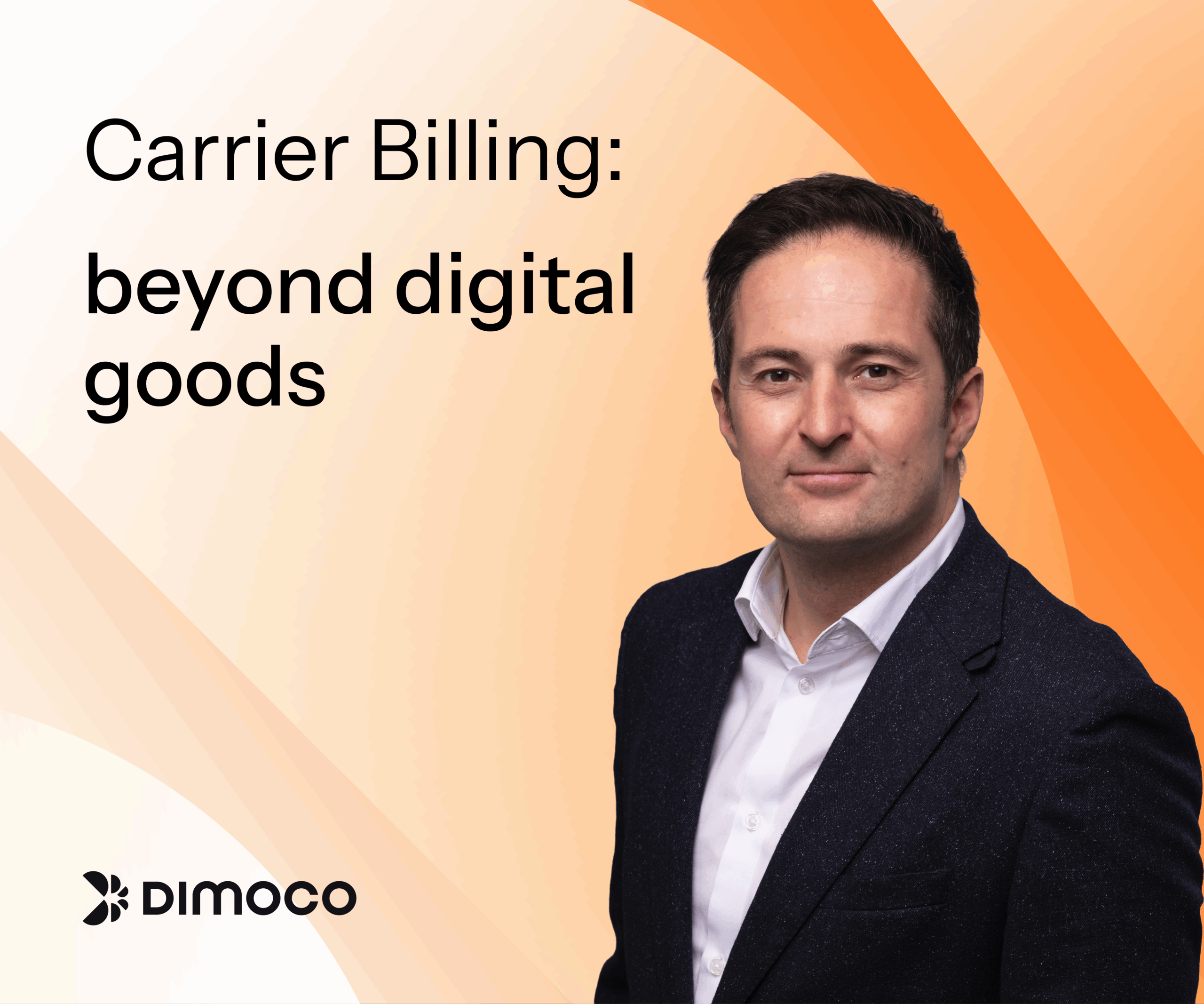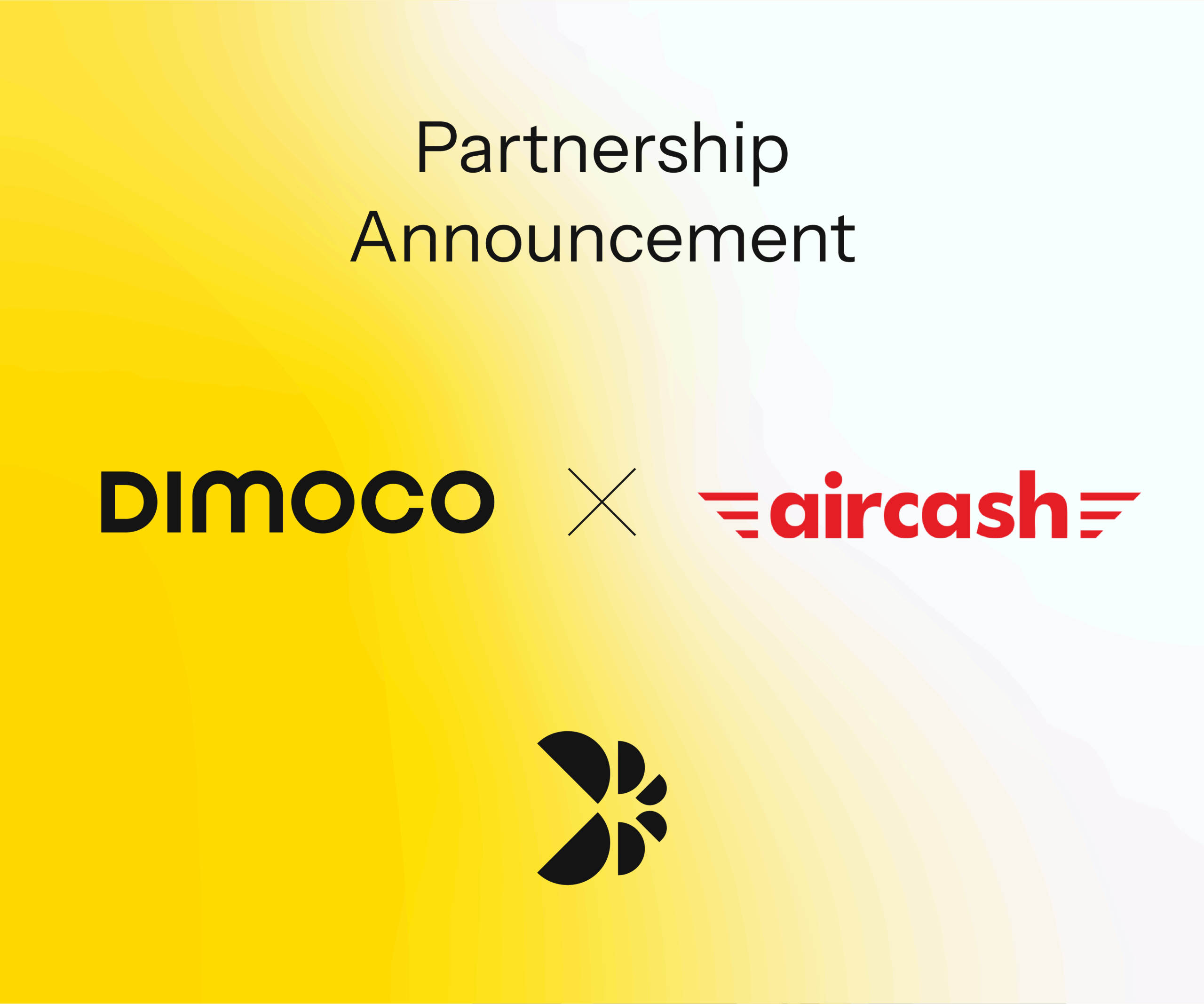This article was originally published in Payments Cards & Mobile.
One of the more interesting players in Europe’s dynamic payments sector is Vienna-based mobile specialist DIMOCO Payments. The company is convinced that Direct Carrier Billing (DCB) has a range of unique attributes, which can take it far beyond the relatively narrow niche it has traditionally served.
Payments Cards & Mobile recently caught up with DIMOCO’s Head of Provider Management Martin Kneifel to find out more.
He has worked in pioneering telco-based payments and value-added services since 2000. Engaged in DCB from its inception, he worked for 13 years at Hutchison 3 and has been with DIMOCO Payments since 2020, blending deep DCB expertise with classic payment solutions.
Here’s what he had to say…
To begin with, tell us why you believe Direct Carrier Billing has so much potential?
Today, Direct Carrier Billing has its niche, and it serves that niche very well. It excels at facilitating micro transactions and the purchase of digital content, such as mobile apps, games, and impulse purchases. It is also incredibly inclusive.
But it has a unique set of attributes that, we believe, can propel it into the payments mainstream.
First there’s the nature of the payment credentials. With DCB, the only thing you need to make a payment is the mobile number. These numbers are the most prevalent, reliable, and long-lived identifiers of the digital age.
They exist only once, are tied to just one person and one device, are non-manipulable, and are networked based. That makes them ideal for payments – arguably, much better than the 16-digit account numbers of the card-based world, which are temporary, and manipulable, and aren’t tied to a single person or device.
Second, there’s the reach. With more mobile numbers that there are people, the reach is near-universal. And, because these numbers are linked to an individual, they can also be used for authentication and identification purposes.
So, if you were to design the ideal digital payment solution from scratch, it might look a lot like DCB.
What’s preventing DCB from living up to its true potential?
Here in Europe, one of the main constraining factors is the regulatory rules and requirements around DCB. These rules mean that, with the traditional DCB operating model, the use of DCB is restricted to a narrow category of payments, namely digital goods, plus ticketing and parking. They also mean that spend is limited to a maximum of €50 per transaction and €300 per month.
Of course, at DIMOCO, we’re ardently pro-regulation. We know that the rules are there to protect the interests for everyone within the ecosystem.
But we also know there is scope within the rules to extend the scope of DCB – in a way that creates value for everyone in the payment flow, but without compromising on the all-important considerations of safety, security, and consumer protection.
That sounds like an intractable and irresolvable issue. What’s the solution?
The solution is what we call the agent model. It’s an approach that we’ve been pioneering here at DIMOCO. We have had considerable success with and, more recently, it’s been picked up by the big global players like Boku.
It basically means that, as a licensed European payment institute, DIMOCO can enter into strategic partnerships with mobile network operators (MNOs). And, under the terms of these partnerships, they can act as our payment agent – hence the name agent model.
And this has two big impacts.
First, it means the MNOs don’t carry any liability – as the license holder, that lies with DIMOCO. So, they often have a greater appetite to support and promote DCB solutions.
Second, it becomes possible to extend DCB to non-digital goods and eliminate the tight spend limits. So, merchants are much more enthusiastic about integrating DCB into their checkouts, and consumers benefits from more convenience and spontaneity.
We believe it can be transformational for DCB.


That’s all very well in theory. In practice, how has it worked? Can you give use any concrete examples?
01
Yes, of course. The perfect example comes from Germany, where the country’s MNO community worked with DIMOCO Payments to create Zahl einfach per Handyrechnung – a new domestic payments brand that can be used for bike rental, EV charging, parking, public transport, and more.
02
Another interesting example comes from Poland, where DIMOCO Payments worked with STS, the country’s leading online sports betting company, to enable people to use DCB to place bets on sports matches and tournaments.
This we believe, is just the tip of the iceberg. So, we’re actively working to raise awareness among both MNOs and the merchant community. When they realise what becomes possible with DCB using the agent model, they tend to get very excited by the potential.
But, surely, you have to compete against some deeply entrenched payment methods? How is it possible to displace them?
What’s interesting is that this model is taking root at a time of significant disruption in European payments. Juniper Research predicts that, between 2023 and 2028, card-based payments will fall from 71% to 57% of European e-commerce spend, as consumers adopt a wider repertoire of digital payment methods.
It also coincides with many enabling technological advances. The rollout of 5G provides even faster and more widespread internet connections, and the internet of things (IoT) is connecting more and more devices, so DCB becomes more and more compelling as a proposition.
It’s an incredibly exciting time for digital payments in general and DCB in particular.
Is DIMOCO a voice in the wilderness, or do others share your vision?
Again, big global players like Boku are adopting the agent model, which suggests that they see the potential. Similarly, many analysts and commentators are projecting rapid growth.
In one recent report from SNS Insider, it was estimated that CB is set to grow at a compound annual growth rate of 13.69% through to 2030, to reach $153 billion.
Meanwhile growth rates in segments like online gaming are expected to be even higher – with Juniper Research predicting CAGRs of an eye-popping 60.44%.
Overall, I sense that we’re on the cusp of something very swift and very significant.



